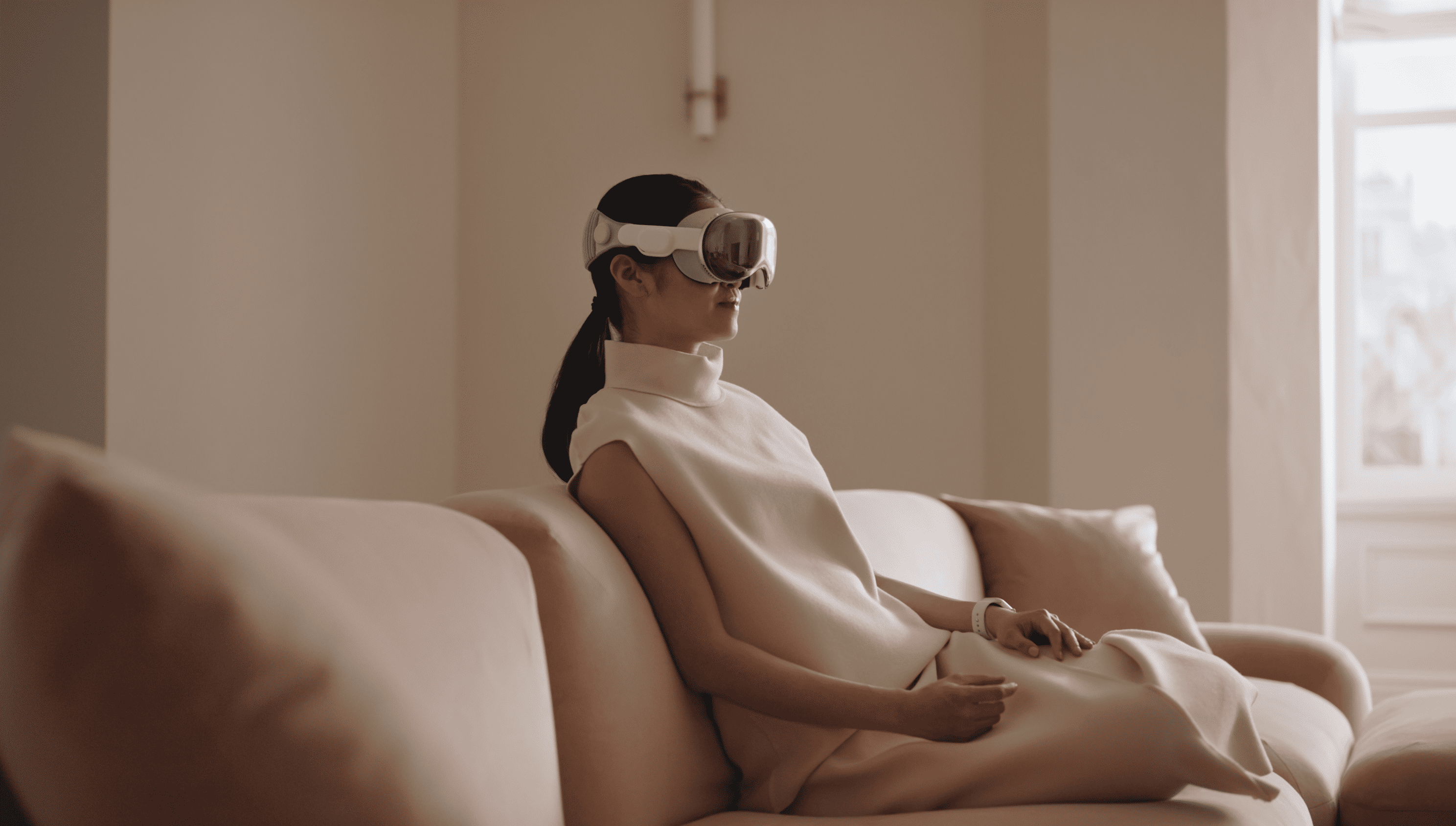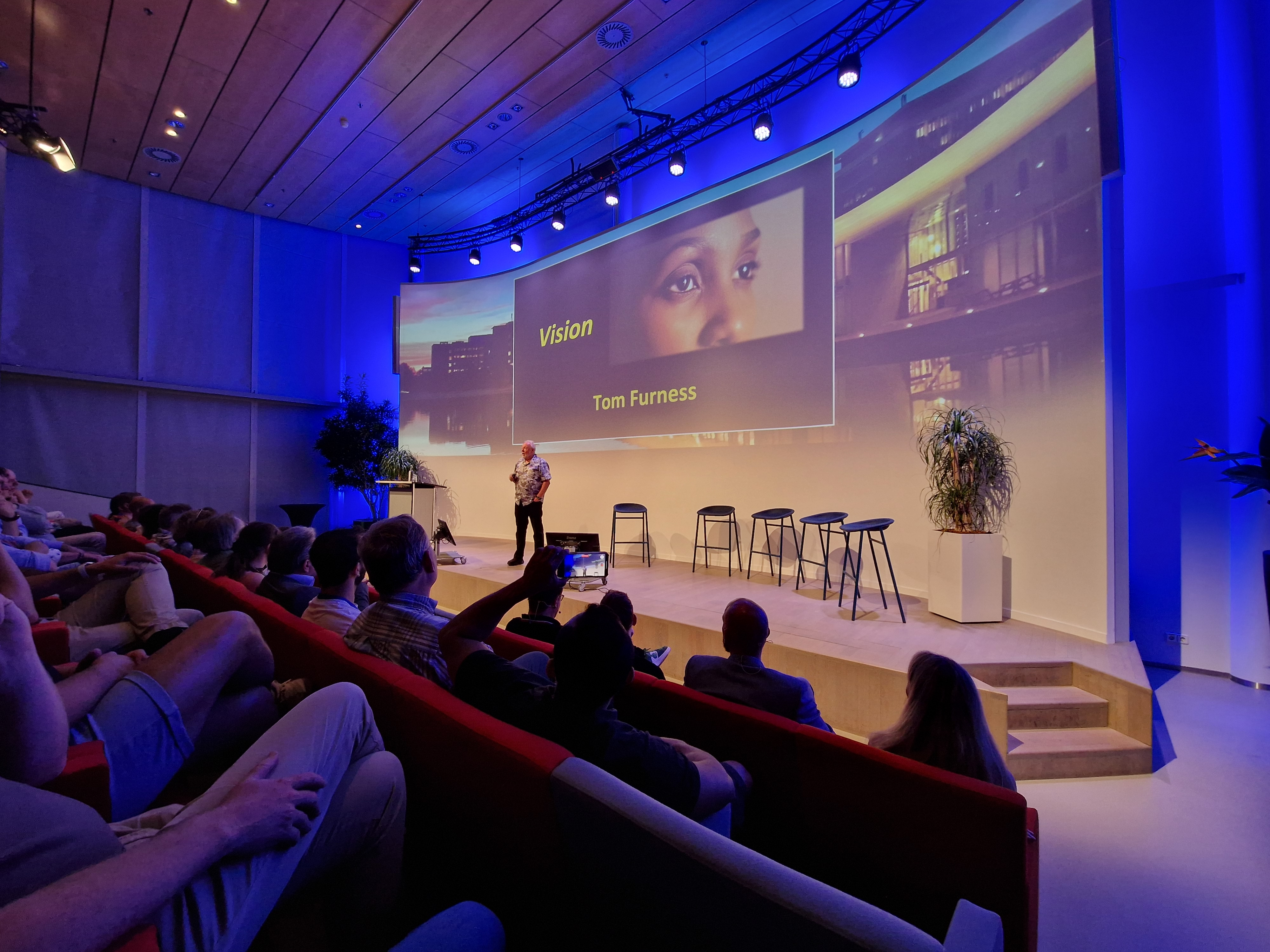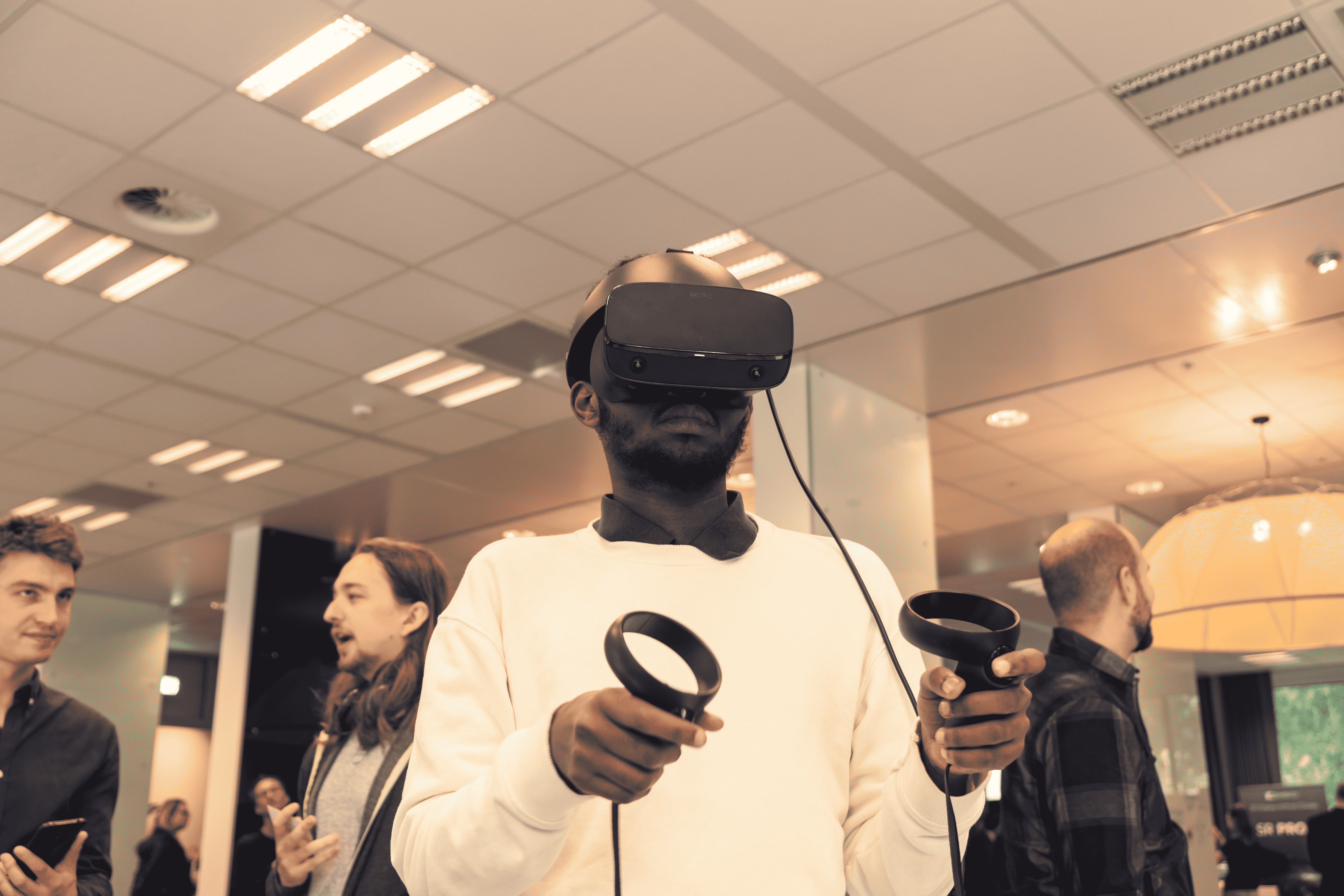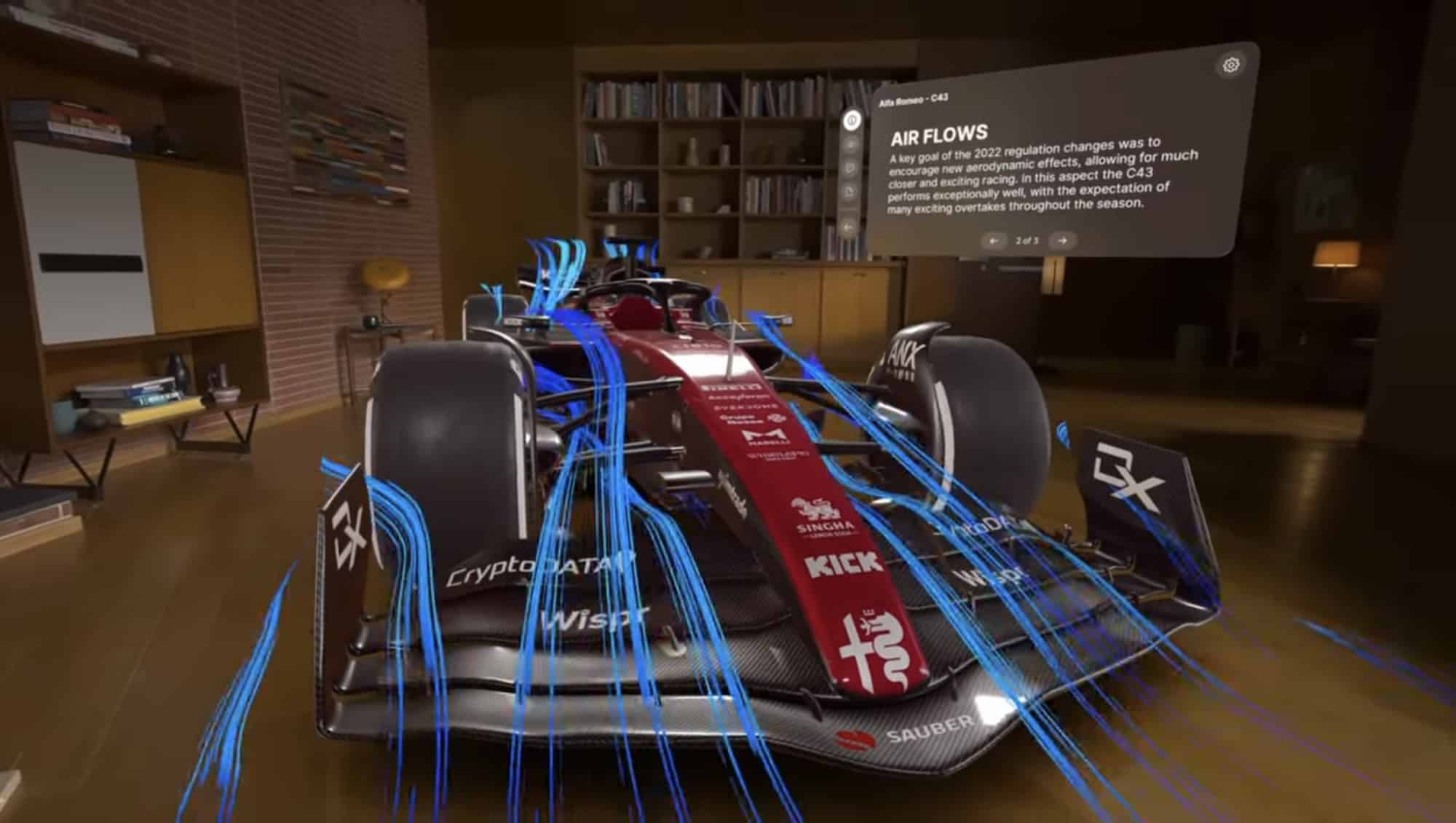
Dive into the captivating realm of Augmented Reality (AR) and explore its inner workings and various applications across multiple sectors. Key technologies include computer vision, SLAM, tracking technologies, and a range of displays and optics. The AR process comprises data capture, environment recognition, content generation, alignment, rendering/display, and user interaction. Applications of AR span gaming, education, healthcare, architecture, and retail, enhancing user experiences and interactions in each domain.
Augmented Reality: A Technological Breakdown
Augmented Reality (AR) is a technology that overlays computer-generated elements, such as 3D models, animations, and text, onto the real world, enhancing users’ perception and interaction with their surroundings. Key technologies that enable AR include:
1. Computer Vision: A subset of Artificial Intelligence, computer vision interprets visual data to detect and track objects, surfaces, and markers for accurate virtual object placement.
SLAM, Tracking Technologies, and Displays
2. SLAM (Simultaneous Localization and Mapping): This technology maps and tracks the position of AR devices in real-time, using sensor data from cameras, gyroscopes, and accelerometers. It constructs a 3D model of the environment and tracks movement.
3. Tracking Technologies: These technologies can be Marker-based (using QR codes or fiducial markers), Markerless (relying on computer vision and feature detection), or Object recognition-based (identifying specific objects).
4. Displays and Optics: Devices such as smartphones, tablets, headsets, and smart glasses are used for displaying AR content. They employ transparent or semi-transparent screens, projectors, holographic displays, lenses, and mirrors for alignment and focusing.
AR Process and Applications
The AR process involves six key steps: data capture, environment recognition, content generation, alignment/registration, rendering/display, and user interaction. Real-time sensor data is gathered through cameras, microphones, GPS, and motion sensors. Computer vision and tracking technologies analyze this data, generating virtual content based on the environment and user context. Alignment algorithms and positional tracking ensure seamless integration of virtual content, which is then rendered on screens, headsets, or glasses. Users can interact with this content through gestures, voice commands, touchscreens, or other input devices, with additional feedback provided for a more immersive experience.
AR has found applications in various sectors, such as gaming and entertainment (e.g., Pokémon Go), education and training (interactive learning environments), healthcare and medicine (medical training, diagnosis, and treatment), architecture and design (interactive presentations and virtual walkthroughs), and retail and e-commerce (virtual product try-ons and previews)[1].
Virtual Reality: A Contrast to AR
Virtual Reality (VR) differs from AR as it creates an immersive experience that isolates users from the real world, typically using a headset and headphones. VR incorporates all five senses and replaces the real world with new, computer-generated environments. VR offers three types of experiences: non-immersive, semi-immersive, and fully-immersive, each providing different levels of interaction and immersion.

While AR enhances the real world with digital elements, VR is used in various industries such as retail, automotive, and gaming, offering virtual try-ons, showrooms, and gaming zones.
The Metaverse: A Step Beyond AR and VR
The metaverse is a virtual reality space that exists alongside the physical world, accessed via the internet, VR, and AR technologies. It emphasizes inclusivity and interoperability, with companies like NVIDIA, Epic Games, and Enliven developing various metaverse experiences, including digital twins of physical environments and educational platforms.

Apple’s recent introduction of the Apple Vision Pro, a groundbreaking VR headset, brings spatial computing to the forefront, enabling a 3D interface controlled by eyes, hands, and voice. This technology aims to revolutionize user interaction and has the potential to impact various industries, including gaming, manufacturing, field service, medical, and industrial simulations.





